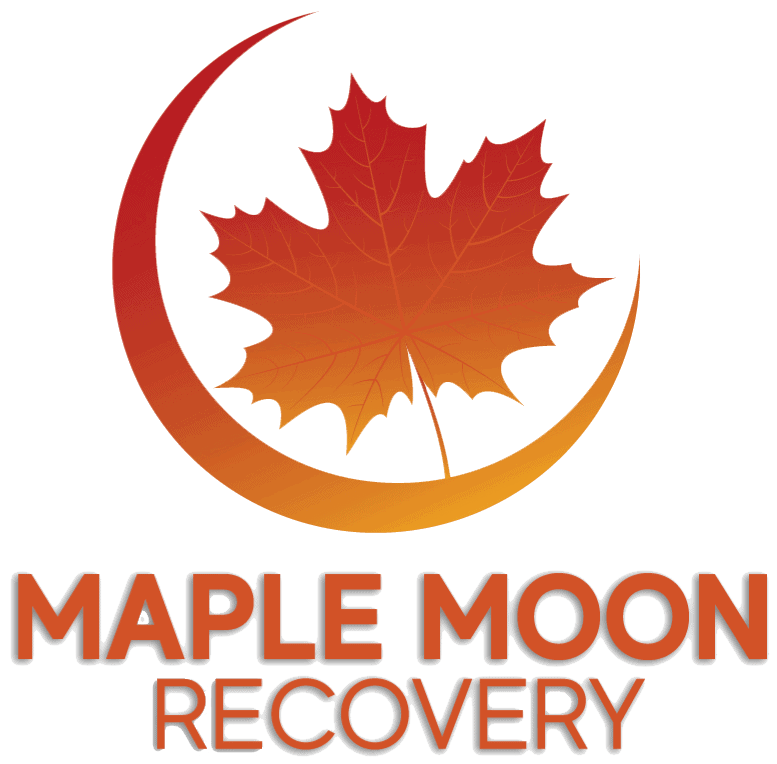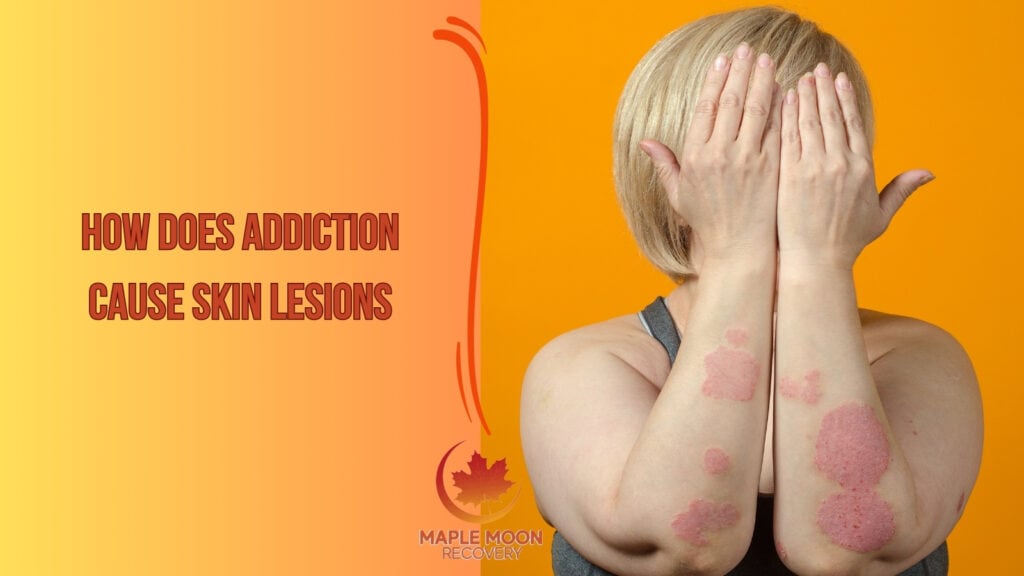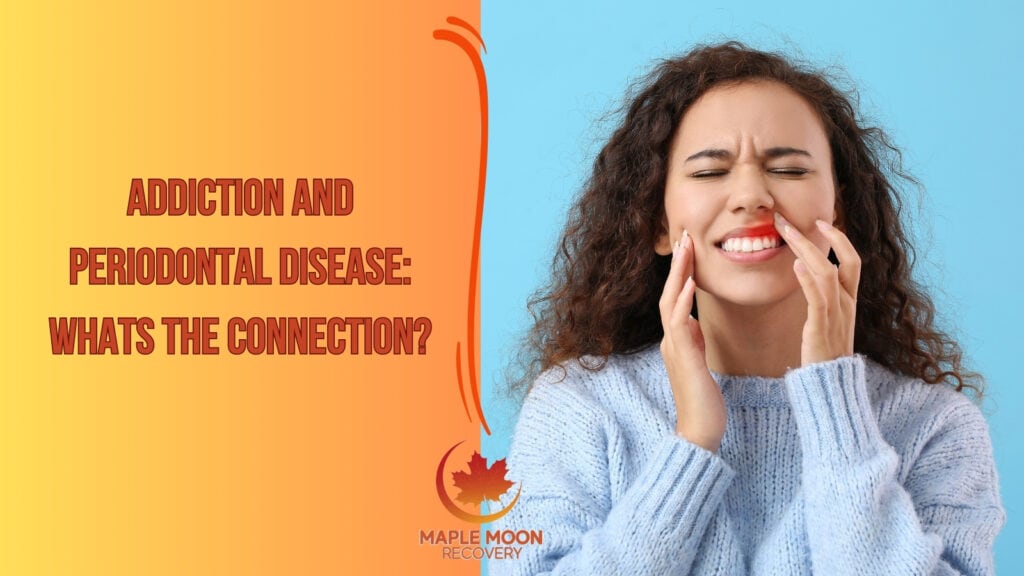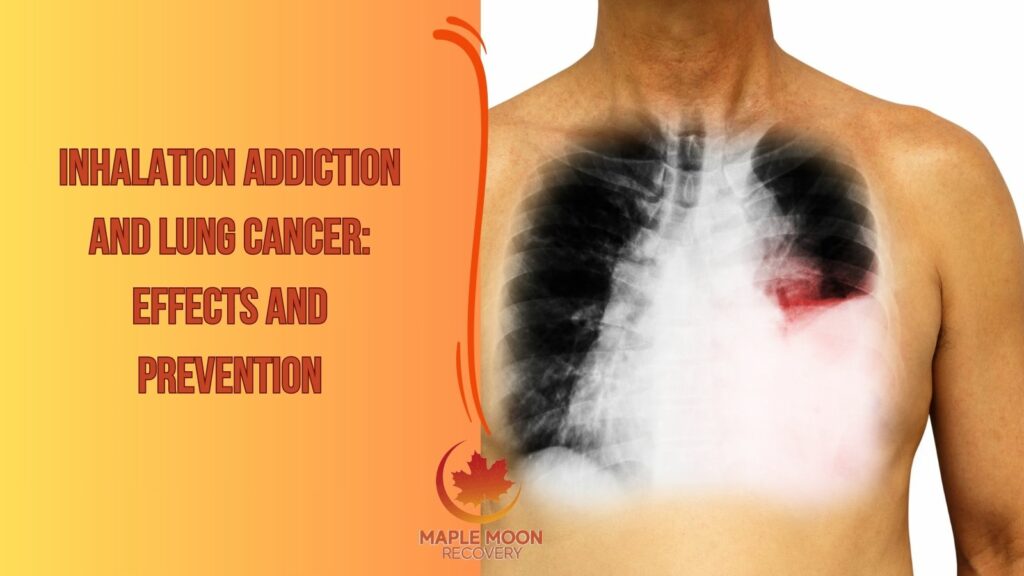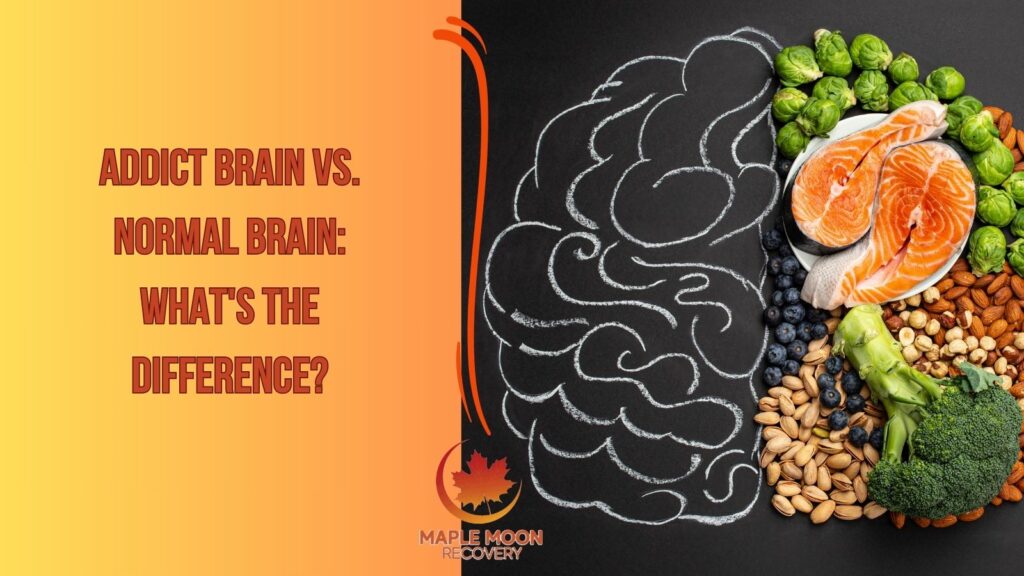Addiction is often thought of as a purely mental health issue, but its consequences extend far beyond the mind. It can have a significant impact on your physical health, affecting everything from your organs to your immune system. One area you might not expect to be affected by addiction is your skin. While clear, healthy skin is often associated with good overall health, addiction can lead to a variety of skin problems, ranging from mild blemishes and rashes to more serious issues like scarring and open sores.
Injection Drug Use: A 1990 study by Rasokat H. Hautveränderungen bei Drogenabhängigen titled “Skin changes in drug-dependent patients” published in the National Institutes of Health’s PubMed Central found skin lesions to be very common in individuals with parenteral drug abuse (injecting drugs). It highlighted the increased risk of abscesses, cellulitis, and scarring at injection sites due to trauma and bacterial introduction. A more recent work in 2021 by Jain NP et al titled ‘The effects of alcohol and illicit drug use on the skin’ details how alcohol misuse can manifest in rashes, spider veins, and even jaundice, while illicit drugs can lead to ulcerations, infections, and specific conditions like cocaine-levamisole-induced vasculitis.
Skin lesions in addiction are often due to multiple factors. Direct factors like the type of substance involved in the addiction and more indirect factors like poor nutrition all come together to cause skin lesions.
What are Skin Lesions?
Skin lesions are abnormalities on your skin that look different from the surrounding healthy tissue. These variations can include changes in color, texture, elevation, or even size. They can manifest as bumps, patches, or even flat discolorations. While some might be raised and rough like warts, others might be smooth and flat like age spots.
The reasons behind skin lesions are numerous. Sometimes, they’re the result of injuries we experience in daily life, like cuts, scrapes, or even burns. Infections caused by bacteria, fungi, or viruses can also trigger lesions. Allergic reactions to certain substances or insect bites can cause the skin to react by forming lesions. Even overexposure to sunlight, a common culprit for many skin problems, can lead to lesion formation.
Certain medications you might be taking can also have skin lesions as a side effect. Additionally, underlying medical conditions like diabetes, psoriasis, or eczema can manifest through skin lesions.
Addicts are also prone to skin lesions. These occur through various direct and indirect means. Constant skin penetration via injections can often result in skin lesions associated with certain recreational drugs.
The good news is that most skin lesions are benign, meaning they’re harmless and will likely disappear independently without any intervention. However, it’s important to be aware that some lesions can be indicative of a more serious condition, such as skin cancer.
How Does Addiction Cause Skin Lesions?
Addiction can have a devastating impact on a person’s skin, causing a variety of lesions and worsening pre-existing conditions. This damage can be a direct result of the addictive substance or an indirect consequence of the lifestyle associated with addiction.
Direct Ways
One way addiction directly harms the skin is through injection sites. People who inject drugs repeatedly damage their skin, leading to scarring and hyperpigmentation, a darkening of the skin around the injection area. This was reported by Rasokat H. Hautveränderungen bei Drogenabhängigen in his study ‘Skin changes in drug-dependent patients’ conducted in 1990. Additionally, these injection sites become vulnerable to infections, which can be slow to heal and even worsen over time.
Another direct effect comes from skin picking. A study by Theobald et al ‘Opioid-induced Hallucinations: A Review of the Literature, Pathophysiology, Diagnosis, and Treatment’ conducted in 2013 showed that patients addicted to opioids sometimes experience hallucinations. Addicts experiencing hallucinations have been known to feel insects crawling under their skin, leading them to scratch or pick excessively. This constant irritation creates open sores and scars on the face and body.
Indirect Ways
Beyond direct damage, addiction weakens the body’s immune system as show in a 2003 study ‘Microbial infections, immunomodulation, and drugs of abuse’ by Friedman, H. Newton, C., & Klein, T.W. This makes the individual more susceptible to skin infections. Abscesses and cellulitis, bacterial infections of the skin, and deeper tissues become a greater risk. Furthermore, neglecting basic hygiene due to the throes of addiction allows existing skin conditions to worsen or creates a breeding ground for new ones.
Substance Abuse and Nutrition a 2014 article by Alyssa Salz, shows that poor diet choices are often associated with addiction. This deprives the skin of essential nutrients. This lack of nourishment manifests as dryness, dullness, and acne breakouts. The skin loses its healthy glow and becomes more vulnerable to external irritants.
Addiction can also cause changes in overall skin appearance. Poor circulation or organ damage can lead to pale, gray, or flushed skin tones. Additionally, redness, irritation, and itching can erupt around injection sites or as a general reaction to the drugs themselves, causing further inflammation and discomfort.
Pre-existing skin conditions like acne, eczema, or psoriasis are not immune to the effects of addiction. These conditions can worsen significantly due to the weakened immune system, poor diet, and overall neglect associated with substance abuse.
How Do Drugs Affect The Integumentary System?
The integumentary system includes your skin, hair, nails, and sweat glands. Drugs can impact this system in various ways. Some medications may trigger allergic reactions, leading to rashes or hives. Others can cause photosensitivity, making the skin more sensitive to sunlight and increasing the risk of sunburn. Additionally, some drugs can alter the skin’s natural moisture balance, leading to dryness or excessive oiliness.
What Drug Makes Your Face Drop?
While the phrase “face drop” might be a bit dramatic, Botulinum toxin, commonly known as Botox, can indeed affect facial expressions. Botox works by temporarily paralyzing specific facial muscles. This can reduce the appearance of wrinkles by preventing the muscles from contracting as much. However, it’s important to remember that Botox doesn’t cause the face to droop entirely; it simply inhibits certain facial movements associated with wrinkling.
Can drugs change your skin tone?
Certain medications can indeed impact skin pigmentation. For instance, cocaine, and methamphetamine can cause hyperpigmentation (darkening of the skin) or hypopigmentation (lightening of the skin). These changes may be temporary or permanent, depending on the medication and individual factors. If you notice any significant changes in your skin tone while taking medication, it’s always best to consult with a healthcare professional to discuss the cause and potential solutions.
